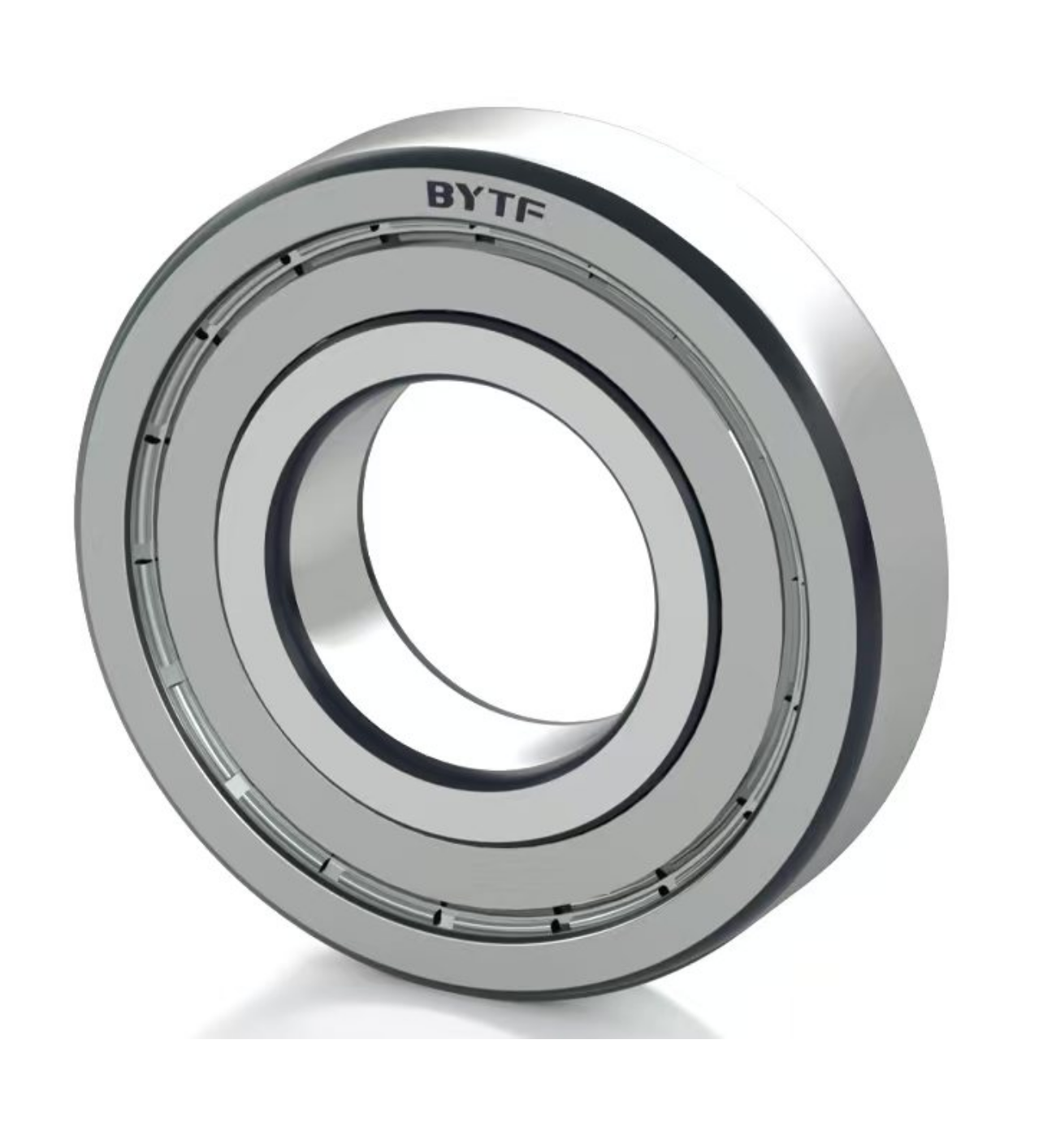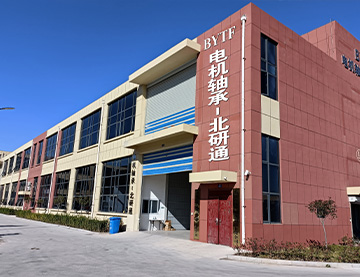Wind turbine bearings
Types and functions of wind turbine bearings
Yaw bearing: used to adjust the orientation of the wind turbine nacelle, so that the nacelle can accurately align with the wind direction according to changes, in order to improve the efficiency of wind energy utilization. It bears the weight of the cabin and loads such as yaw moment caused by changes in wind direction.
Variable pitch bearing: installed at the root of the blade, its main function is to adjust the pitch angle of the blade, optimize the windward angle of the blade according to the requirements of wind speed and power generation, achieve control over the wind power generation process, and bear the weight, centrifugal force, and aerodynamic load of the blade.
Main shaft bearing: It connects the main shaft of the wind turbine to the gearbox or directly drives the generator, supporting the rotation of the main shaft, bearing the huge axial and radial loads of the wind turbine, as well as the impact loads caused by the instability of the wind. It is a key component to ensure the smooth rotation of the wind turbine.
Gearbox bearings: Used in the gearbox of wind turbines, they support the rotation of the gear shaft, transmit torque, and bear complex loads during the gear transmission process, including radial forces, axial forces, and bending moments. They play an important role in the stable operation and transmission efficiency of the gearbox.
Characteristics of wind turbine bearings
Large bearing capacity: Due to the outdoor environment and large size of the wind turbine, wind turbine bearings need to have high bearing capacity to withstand these static and dynamic loads during operation, ensuring the safe and reliable operation of the unit.
High reliability requirements: Wind turbines are generally installed in remote areas such as offshore, high mountains, etc., with high maintenance costs and difficulty. Therefore, wind turbine bearings need to have extremely high reliability, be able to maintain stable performance during long-term continuous operation, reduce the probability of failures, and lower maintenance costs and downtime.
High precision requirements: In order to ensure the efficient operation of wind turbines, wind turbine bearings need to have high precision. For example, the rotational accuracy of the main shaft bearings directly affects the transmission efficiency and stability between the wind turbine and the generator, while the accuracy of the yaw and pitch bearings is related to the positioning accuracy of the nacelle and blades.
Strong corrosion resistance: Wind power equipment is often exposed to harsh natural environments, especially offshore wind power, where bearings face corrosion from corrosive media such as salt spray and humidity. Therefore, wind turbine bearings need to have good corrosion resistance, and special surface treatment processes or anti-corrosion materials are usually used to improve their corrosion resistance.
Materials and Manufacturing Process of Wind Power Bearings
Materials: Wind turbine bearings generally use high-quality bearing steel, such as high carbon chromium bearing steel (GCr15) and carburized bearing steel (such as 20Cr2Ni4A, 17CrNiMo6, etc.). These materials have high strength, high hardness, good wear resistance, and fatigue resistance, which can meet the requirements of wind turbine bearings in complex working conditions. For some special working conditions, such as high temperature, high humidity, or corrosive environments, certain components of bearings may also be made of materials such as stainless steel or ceramics.
Manufacturing process: The manufacturing process of wind turbine bearings is complex, including forging, turning, grinding, heat treatment, surface treatment and other multiple links. During the forging process, by controlling parameters such as forging ratio and heating temperature, the internal structure of the bearing ring is ensured to be dense and uniform, thereby improving the overall performance of the material. Turning and grinding processes ensure the dimensional accuracy and surface quality of bearings. Heat treatment processes such as quenching, tempering, carburizing, etc. can improve the hardness, strength, and wear resistance of bearings. Surface treatments such as hard chromium plating, nitriding, etc. can enhance the corrosion resistance and wear resistance of bearings.
The development trend of wind turbine bearings
Large scale: With the development of wind power technology towards larger single unit capacity, the size and load-bearing capacity of wind turbine bearings are also constantly increasing to meet the requirements of large wind turbines and high towers. This poses higher challenges for the design, manufacturing, and installation of bearings.
Localization: In the past, China's wind power bearing market mainly relied on imports. In recent years, domestic enterprises have continuously increased their R&D investment and made significant progress in the localization of wind power bearings, gradually breaking the monopoly of foreign enterprises and improving the level of self-reliance of the domestic wind power industry.
Intelligence: With the development of smart grid and smart wind power generation technology, wind power bearings are also moving towards intelligence, such as installing sensors on bearings to monitor the operating status of bearings in real time, including temperature, vibration, wear and other parameters, achieving early warning and diagnosis of faults, and improving the operation and maintenance efficiency and reliability of wind turbines.
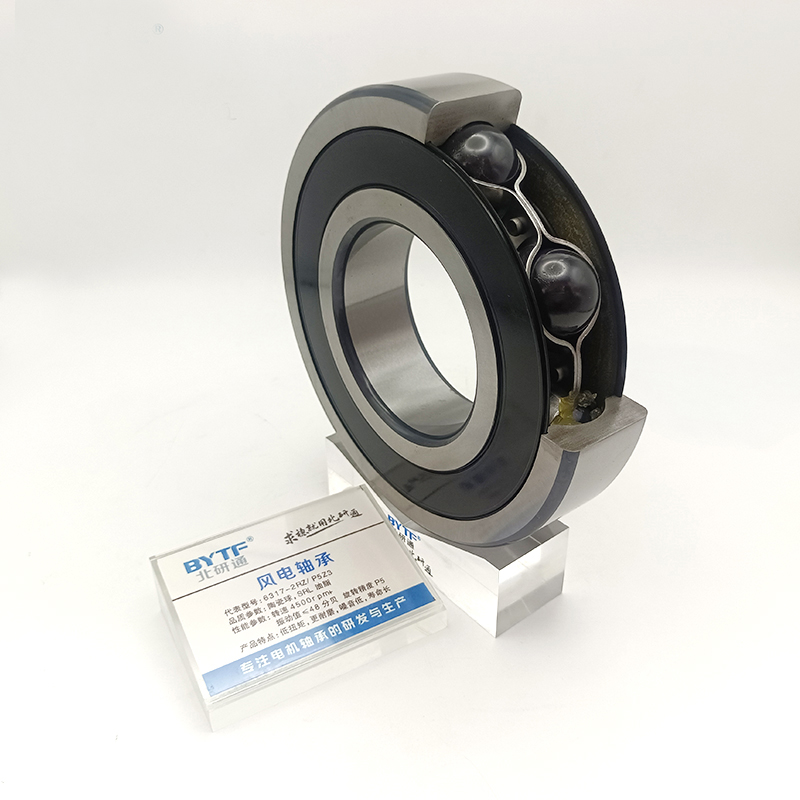
Explore our products
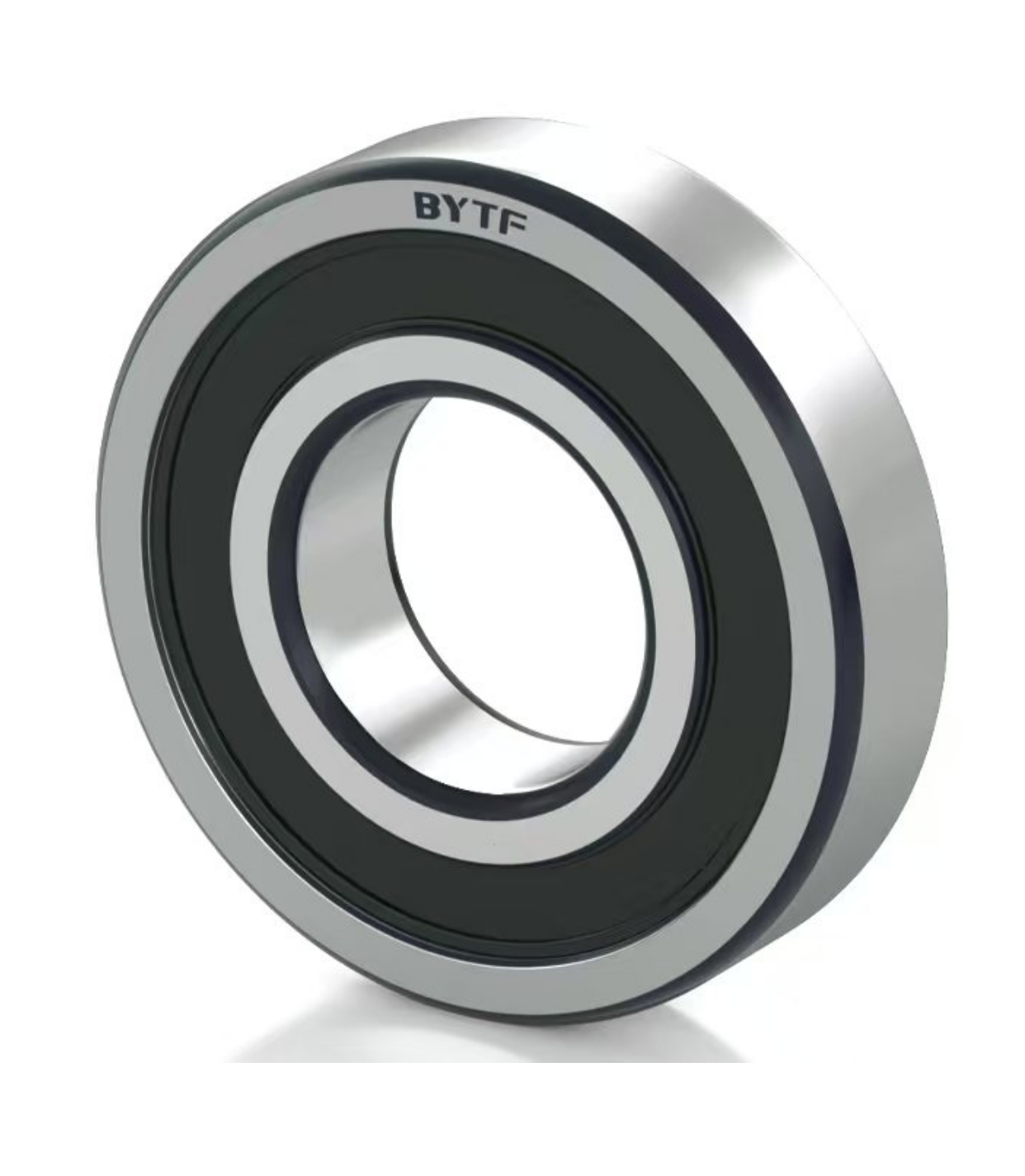
Rubber sealed deep groove ball bearing
Rubber sealed deep groove ball bearing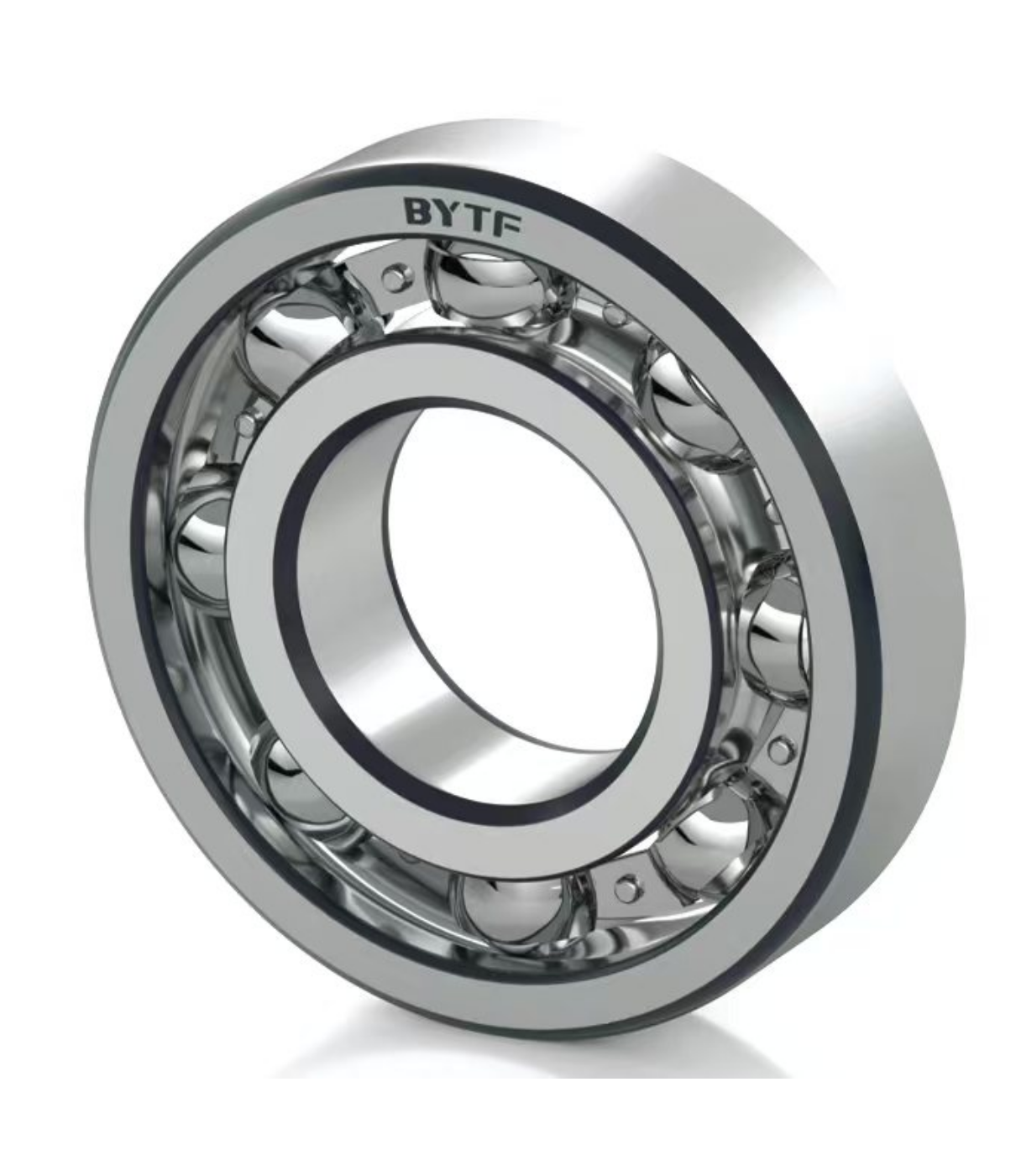
Open deep groove ball bearing
Open deep groove ball bearing